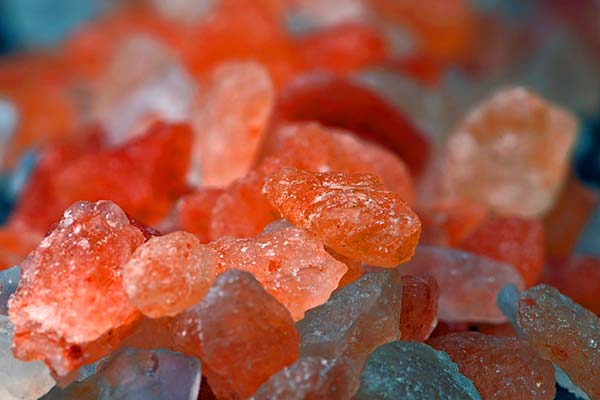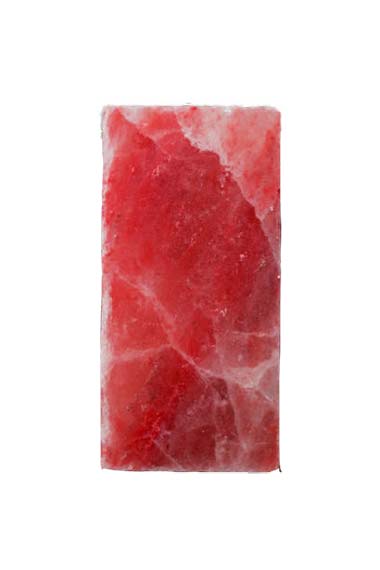Himalayan salt is incorporated into various international cuisines, showcasing its versatility and adaptability in different culinary traditions. Himalayan salt, with its unique flavors and distinctive colors, has found its way into kitchens around the world, influencing a myriad of culinary traditions. From Asia to Europe and beyond, chefs and home cooks alike have embraced Himalayan salt for its versatility and ability to elevate dishes. Let’s take a journey through various cuisines to understand how this prized salt is used in diverse culinary landscapes.
Asian Cuisine:

- India: In Indian cuisine, Himalayan salt, known as “Saindhav Namak,” is highly regarded for its purity. It is used in traditional dishes, pickles, and chutneys, imparting a nuanced saltiness to the vibrant and aromatic Indian flavors.
- Japan: Himalayan salt is appreciated in Japanese cuisine, especially in the realm of finishing salts. It is often used to season grilled meats, sushi, and various seafood dishes, enhancing the natural flavors without overpowering them.
Mediterranean Cuisine
- Greece: Himalayan salt has found its place in Greek cuisine, where it is used in both cooking and as a finishing salt. Its delicate flavor is valued in salads, grilled vegetables, and various fish dishes.
- Italy: Italian chefs have embraced Himalayan salt for its ability to enhance the flavors of pasta dishes, risottos, and antipasti. The salt’s gentle salinity allows it to complement the rich and diverse Italian culinary palette.
Middle Eastern Cuisine
- Turkey: Himalayan salt is used in Turkish cuisine, especially in kebabs, grilled meats, and various mezes. Its unique mineral profile adds an extra layer of complexity to the bold and savory flavors.
- Lebanon: In Lebanese cuisine, Himalayan salt is often used in salads, yogurt-based dishes, and grilled meats. Its subtle flavor aligns with the delicate balance of spices and herbs characteristic of the cuisine.
South American Cuisine
- Peru: Himalayan salt has made its way into Peruvian cuisine, where it is used in ceviche and various seafood dishes. Its fine texture and mild taste make it a favorite among chefs aiming to highlight the freshness of ingredients.
- Argentina: In Argentina, known for its love of grilled meats, Himalayan salt blocks are used for cooking. The salt imparts a gentle seasoning to meats, enhancing the natural flavors during the grilling process.
North American Cuisine
- United States: In the U.S., Himalayan salt is not only used in gourmet kitchens but has also become popular in the realm of artisanal chocolates, cocktails, and as a finishing touch to various dishes. Its aesthetic appeal and unique taste contribute to its widespread adoption.
- Mexico: Himalayan salt is incorporated into Mexican cuisine, adding a subtle touch to dishes like guacamole, ceviche, and street corn. Its ability to enhance without overwhelming aligns well with the bold and spicy flavors of Mexican fare.
As we traverse the global culinary landscape, it becomes evident that Himalayan salt is more than just a seasoning; it’s a versatile ingredient that transcends borders, enhancing the diverse flavors of cuisines around the world. Its journey from the ancient Himalayan mountains to kitchens worldwide is a testament to its universal appeal and adaptability in the art of cooking.
Cooking on Himalayan salt blocks
Cooking on Himalayan salt blocks has emerged as a culinary trend that not only imparts unique flavors to dishes but also offers a visually stunning presentation. These pink-hued slabs of salt can be heated, chilled, and used as both a cooking surface and a serving platter. Let’s explore the art of cooking with Himalayan salt blocks, providing tips, recipes, and insights for enthusiasts looking to elevate their culinary experience.
Selecting the Right Block:Choose a high-quality Himalayan salt block that is at least 1.5 inches thick. Thicker blocks are less prone to cracking during heating or cooling.
Heating the Block:Gradually heat the salt block to avoid cracking. Start on low heat for about 15 minutes, then increase the temperature incrementally. The goal is to reach the desired cooking temperature slowly.
Chilling the Block:Himalayan salt blocks can also be chilled for serving cold dishes. Place the block in the refrigerator for a few hours before use.
Cooking Techniques:
- Searing: Heat the block to a high temperature and sear thin slices of meat, seafood, or vegetables directly on the surface. The salt imparts a subtle salty flavor and enhances the natural juices of the food.
- Grilling: Use the salt block as a grilling surface for kebabs, shrimp, or thinly sliced vegetables. The block adds a nuanced saltiness and imparts a unique smoky flavor.
- Chilling: Serve sushi, sashimi, or cold appetizers on a chilled salt block to enhance the flavors and provide a visually striking presentation.
Tips for Cooking on Salt Blocks:
Preheat and cool gradually: Avoid sudden temperature changes to prevent cracking. Gradually heat or cool the salt block.
- Oil the block: Lightly coat the block with oil before cooking to prevent sticking. Use oils with high smoke points like grape seed or safflower oil.
- Thin cuts work best: Opt for thin cuts of meat or thinly sliced vegetables to ensure even cooking.Recipes to Try:
- Salt Block Salmon:Marinate salmon fillets in a mix of olive oil, lemon juice, and herbs. Sear on the preheated salt block until cooked to your liking.
- Grilled Pineapple Skewers:Thread pineapple chunks onto skewers and grill on the salt block for a caramelized and salty-sweet treat.
- Salt Block Chocolate Fondue:Melt chocolate on the salt block and use it as a fondue for dipping fruits, marshmallows, and cookies.
- Cleaning and Maintenance:Allow the salt block to cool completely before cleaning.Use a damp sponge or brush to gently scrub the surface. Avoid using soap or detergent.
Cooking with Himalayan salt blocks is not just a culinary technique; it’s an experience that combines flavor, presentation, and a touch of artistry. Whether you’re searing, grilling, or chilling, the Himalayan salt block adds a distinctive touch to your culinary creations, turning every meal into a gourmet adventure.
Looking for salt block: Click here





